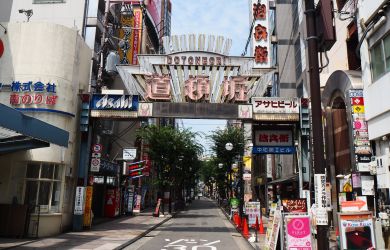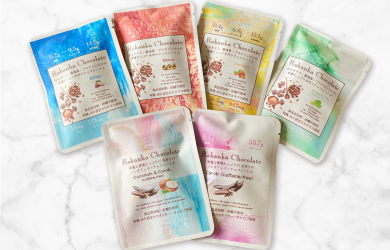
Originally published on metropolis.co.jp on November 2008
Most foreigners are probably unfamiliar with the Japanese cuisine known as horumon ryori. For those that are, the phrase conjures up equal parts horror and curiosity. This reaction is understandable, as horumon is a blanket term used to refer to innards—heart, stomach or intestines. But, reasoning that hundreds of organ-consuming Japanese can’t all be wrong, we decided to grab a culinarily adventurous friend and head out to Ebisusan to taste for ourselves.
Ebisusan is a warm and rowdy restaurant located just beyond the Baskin Robbins in Sangenjaya’s Naka-Mise shopping street. Low stools surround plywood tabletops set on beer crates, giving it the feel of a shitamachi yakitori joint or a casual Korean barbeque. On a recent chilly Sunday, the tables were filled with groups of friends catching up as well as several young couples.
We were led to a table in the corner and, after ordering a couple of beers, we took a deep breath and opened the menu. An extensive list of horumon dishes were on offer, both grilled and sashimi-style. Deciding to work our way up, we started off with some of the less adventurous items: a heaping plate of chicken kara-age (¥500), bacon-wrapped enoki mushrooms (¥200) and a steaming-hot nabe of pork and cabbage in a clear, salty broth (¥400). All three were simple and delicious.
Next up was a veggie course. We were disappointed to find that the bacon-wrapped cherry tomatoes (¥250) weren’t available, but we consoled ourselves with salt-grilled green peppers (¥150) and moro-kyu, a dish of crisp sliced cucumbers with miso paste for dipping (¥280). With the edge taken off our appetites and armed with beer-inspired courage, it was time to order the food we had come for in the first place.
In Japanese, the culinary names of horumon ingredients are different from the scientific names, so figuring out what to you’re eating can be a challenge in itself. For example, in a restaurant, tongue is tan, not shita. And while most people might think kobukuro is the name of a Japanese pop duo, in the cooking world it refers to the ovaries of a cow. Turning in desperation to our server, we took her helpful advice and ordered nankotsu and shiro (¥130 each).
Nankotsu, or cartilage, specifically refers to the T-shaped part separating the halves of a chicken breast. It can be served fried or, in this case, grilled and coated with tare. Although the crunchiness might be off-putting to some, we found it oddly satisfying—like popping bubble-wrap. Shiro, on the other hand, is small intestine grilled and served on a skewer. It had a slight chewiness, but without being unpleasantly tough or dry, and absorbed the smoky flavor of the sauce.
We all remember our childhood selves munching happily away on Brussels sprouts until we discovered it was—gasp—a vegetable and therefore “gross.” Nankotsu, shiro and other kinds of horumon ryori are essentially the same. Translated literally, they may not seem very appetizing, but for the adventurous foodie who can forget about the unpleasant-sounding name, a trip to Ebisusan can be quite a treat. And even if you can’t, the rest of the menu is tasty enough that we advise you to stop by anyway.









